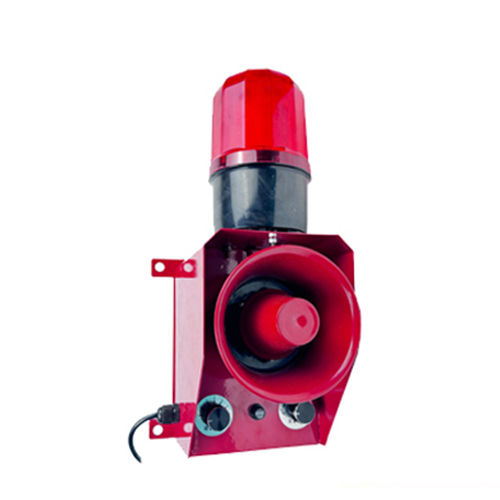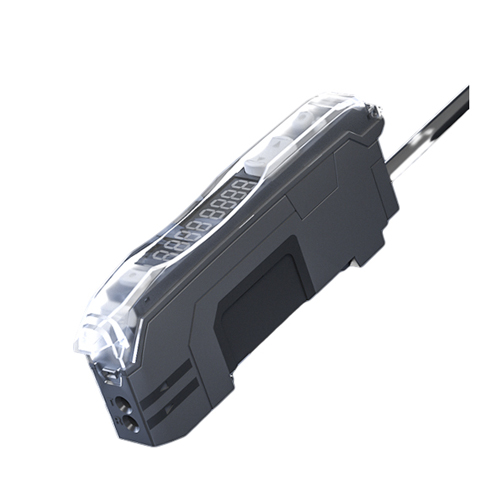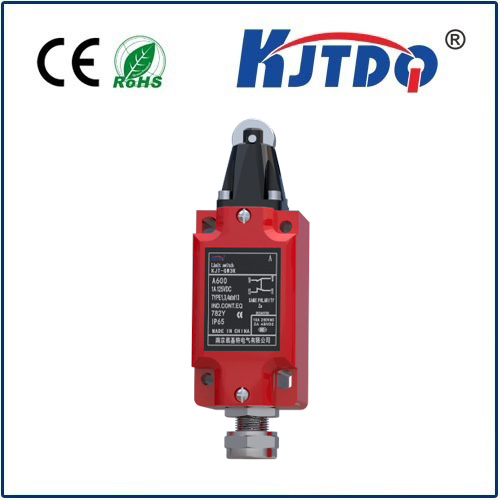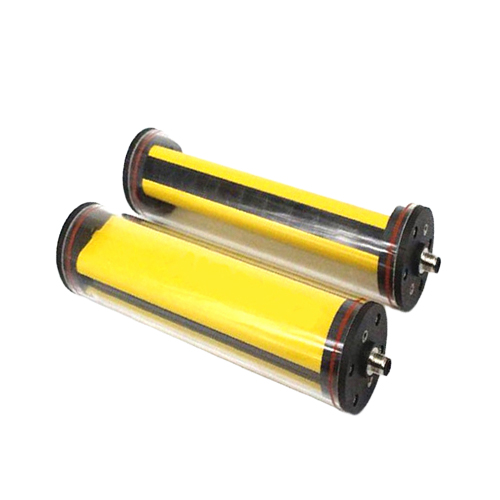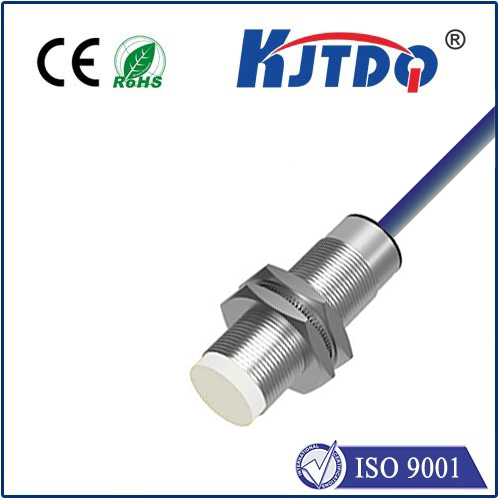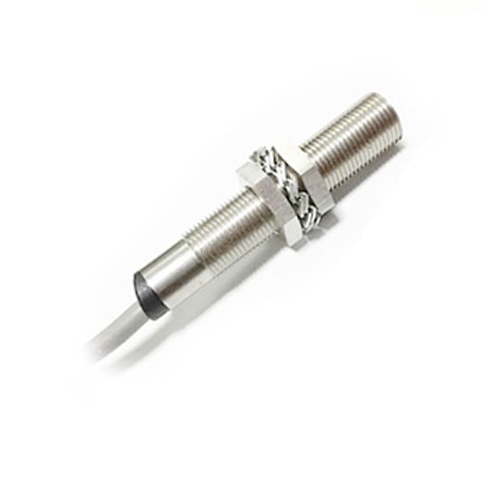trough beam photoelectric sensor
- time:2025-09-13 01:30:00
- Click:0
The Precision Powerhouse: How Trough Beam Photoelectric Sensors Revolutionize Industrial Automation
Imagine a high-speed automotive assembly line. Pistons glide onto connecting rods, engine blocks move into position. Silently ensuring every critical component is present, before the next step proceeds, is a small but vital technology: the trough beam photoelectric sensor. Often overlooked, these unsung heroes are fundamental to precision, reliability, and efficiency in countless industrial processes. Understanding their operation and strengths is key to unlocking optimal automation performance.
Demystifying the Trough Beam Principles
At its core, a trough beam photoelectric sensor relies on a beautifully simple concept: direct light transmission. Unlike types that sense light bouncing off a target, the trough beam approach is direct. The sensor unit itself forms a physical “U” or “trough” shape. Embedded on one side is an infrared or visible light emitter. Directly opposite, across the precisely defined gap, sits a light receiver.
Operation is elegantly straightforward:
- The emitter constantly projects a beam of light across the gap towards the receiver.
- The receiver, tuned to detect this specific light, continuously monitors the beam’s intensity.
- When an object passes through the gap, it physically blocks the light beam.
- The receiver instantly detects this interruption – the sudden absence of light.
- This triggers a clear, unambiguous output signal (typically switching from ON to OFF, or vice-versa), indicating the object’s presence.
Why Trough Beam Reigns Supreme for Certain Tasks

Several inherent advantages make through-beam technology, particularly in the trough beam format, a preferred solution for demanding industrial object detection:
- Unmatched Detection Accuracy & Range: The physical separation of emitter and receiver, combined with direct beam transmission, delivers the longest sensing ranges among photoelectric types. It easily detects tiny objects, thin wires, or small gaps transparent to other methods. Precisely aligned optics ensure minimal false signals.
- Exceptional Reliability & Stability: Because it depends only on blocking the direct beam, trough beam sensor operation is minimally affected by:
- Surface Properties: Color, texture, reflectivity, or transparency of the target object matter little. If it’s opaque enough to block light, it will be detected reliably.
- Ambient Light: Sophisticated modulation techniques filter out most interference from factory lighting or sunlight.
- Dust & Mild Contamination: The direct beam is generally robust against light dust or mist within the gap, unlike reflective sensors where grime on the reflector or target can cause failures.
- Consistent Output Signal: The signal transition is crisp and definitive. Objects either completely block the beam (signal change) or don’t (no change). There’s no “grey area” inherent to proximity or diffuse sensors.
- Simple Installation & Alignment: The trough beam sensor integrates both emitter and receiver into a single, compact housing. This eliminates the complex, time-consuming alignment required when using separate emitter and receiver units. Mounting it is often as simple as positioning it where the object needs to pass through the gap.
Where Precision Meets Application: Key Industries
Trough beam photoelectric sensors shine in scenarios demanding high precision, long range, or reliability in challenging environments:
- Assembly Line Verification: Detecting presence/absence of components (pistons, bolts, gaskets), confirming correct part orientation, or verifying robot arm end-effector positions. (Think Automotive, Electronics)
- Packaging & Filling: Counting products (pills, bottles, cans) passing through the trough, detecting missing caps/lids, verifying filled levels in transparent containers, or monitoring label placement. (Think Pharma, Food & Beverage)
- Material Handling: Precise edge detection on sheets (metal, paper, plastic), detecting objects on conveyor belts (large or small), monitoring stack height, or confirming pallet presence. (Think Logistics, Printing, Warehousing)
- Security & Access: Monitoring access points, detecting objects passing through doorways or security gates.
- Robotics: Providing accurate position feedback for robotic arms, end-of-arm tooling verification, or workpiece presence confirmation.
Selecting the Right Trough Beam Sensor: Key Considerations
Choosing the optimal trough beam photoelectric sensor involves evaluating application specifics:
- Slot Width: The physical width of the “U” must be wide enough for the target object to pass through comfortably but minimize vulnerability to environmental factors.
- Detection Object Size: Sensors are rated for the minimum opaque object they can reliably detect passing through their gap – choose accordingly.
- Sensing Range: While generally long-range, the specific gap width defines the effective working distance.
- Environmental Resilience: Consider IP Rating (Ingress Protection) for dust and moisture resistance. Look for models with robust housings (often metal or high-grade plastic) suitable for the industrial environment. Resistance to vibration and shock is also crucial.
- Light Source & Modulation: Infrared is common for immunity to ambient light interference. Visible red light (easier for alignment) or laser light (extreme precision for tiny objects) are also options. Advanced modulated light provides superior noise rejection.
- Response Time: How quickly can the sensor signal a beam interruption? This is critical for high-speed production lines.
- Output Type: Common options: PNP (Sourcing), NPN (Sinking), NO (Normally Open), NC (Normally Closed), or analog outputs. Select based on your PLC or control system input requirements.
- Power Supply: Match the sensor’s voltage requirements (e.g., 10-30V DC) with your available power source.
- Special Features: Look for models with time-delay functions, sensitivity adjustment (for dust compensation), or diagnostic LEDs if needed.
Trough Beam vs. The Alternatives: Understanding the Trade-Offs
While powerful, trough beam photoelectric sensors aren’t the universal answer:
- Diffuse Reflective: Senses light bouncing off the target. Pros: Single-sided mounting. Cons: Sensitive to target color/reflectivity, shorter range, susceptible to background interference. Use when: Mounting opposite sides is impossible, precision/range less critical, cost is a primary driver.
- Retroreflective: Uses a reflector; emitter and receiver in one housing. Pros: Medium range, simpler wiring than separate units. Cons: Requires cleaning reflector, target reflection can cause issues. Use when: Moderate range needed, single-sided mounting preferred, reflector placement is feasible.
The trough beam photoelectric sensor excels where its strengths are paramount: maximum detection reliability, long range, precise small object detection, and immunity to target surface variations. The trade-off is needing physical access across the detection point for the unit itself.
Harnessing the Power of Precision
From ensuring your car’s engine is assembled correctly to guaranteeing your medicine bottle has a cap, trough beam photoelectric sensors provide the fundamental bedrock of reliable object detection in industrial automation. Their clever integration of emitter and receiver into a compact, self-contained unit delivers unparalleled ease of installation and consistently high performance. By leveraging their inherent advantages – superior range, exceptional reliability, and immunity to surface conditions – engineers and system integrators build robust, high-speed, and efficient automation solutions. Whether counting tiny components on a blister pack line or verifying the presence of massive steel plates, when precision and reliability are non-negotiable,






